Follow us on:
Contacts:
Via Fra Mauro 14b
00176, Roma
Italia
00176
https://www.iubenda.com/privacy-policy/14663859
The architecture becomes the message
Charlie Hebdo portable pavilion, Paris, Fr
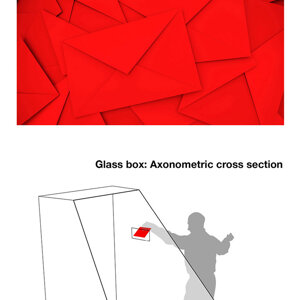
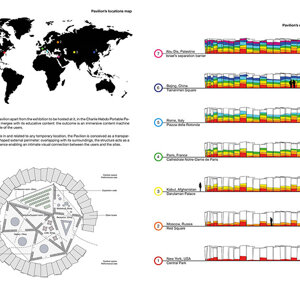

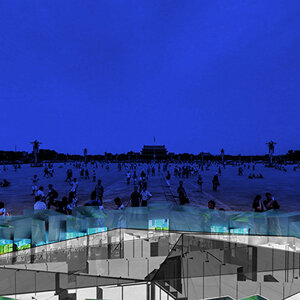

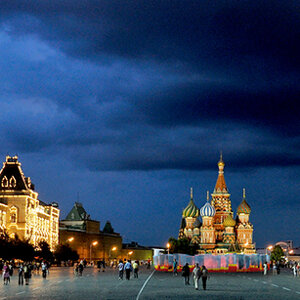
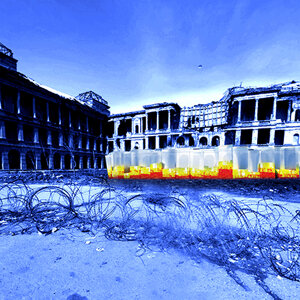

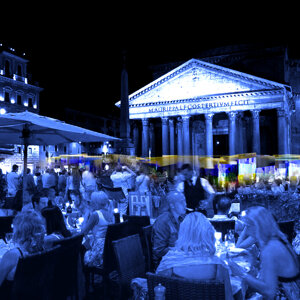
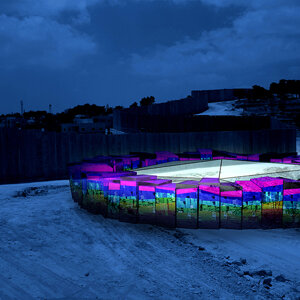
Text: Marta Atzeni
Rather than designing a pavilion apart from the exhibition to be hosted at it, in the Charlie Hebdo Portable Pavilion architectural design merges with its educative content: the outcome is an immersive content machine produced by the active role of the users.
In order to be both suitable in and related to any temporary location, the Pavilion is conceived as a transparent volume with a round shaped external perimeter: overlapping with its surroundings, the structure acts as a lens onto the landscape hence enabling an intimate visual connection between the users and the sites. Inside the circle, opaque blocks - easily dismantled and reassembled in different locations - articulate the space that accommodates the functional program requested by the brief: the reception, an advice and support office, a cafe, a gallery and a workshop, a conference room and additional exhibition spaces, all covered by a steel structure canopy.
As part of the program, the pavilion will take a journey through seven different cities, from nations where freedom of speech is taken for granted to places where it is still denied. From Central Park in New York to the Red Square in Moscow, from Darul Aman Palace in Kabul to Cathedral Notre-Dame de Paris, from Piazza della Rotonda in Rome to Tiananmen Square in Beijing and finally along the Israel separation barrier in Abu Dis in Palestine. In each location the Pavilion, while bringing its message of freedom and the memories of previous steps, grows through people’s contribution. Visitors are invited to write down either a wish or a thought on a piece of paper and leave it inside free-standing boxes on the perimeter of the Pavilion: as more people add their contributions to the project, the exterior appearance of the building changes, thus strengthening the message it delivers.
A different colour of paper for each city: step by step, red in New York, orange in Moscow, yellow in Kabul, green in Paris, cyan in Rome, blue in Beijing and purple in Abu Dis, join to create the rainbow flag. The universal symbol of peace eventually becomes the appearance of the Charlie Hebdo Portable Pavilion: at the end of its journey around the world in seven steps, the architecture becomes the message.
Follow us on:
Contacts:
Via Fra Mauro 14b
00176, Roma
Italia
00176
https://www.iubenda.com/privacy-policy/14663859

